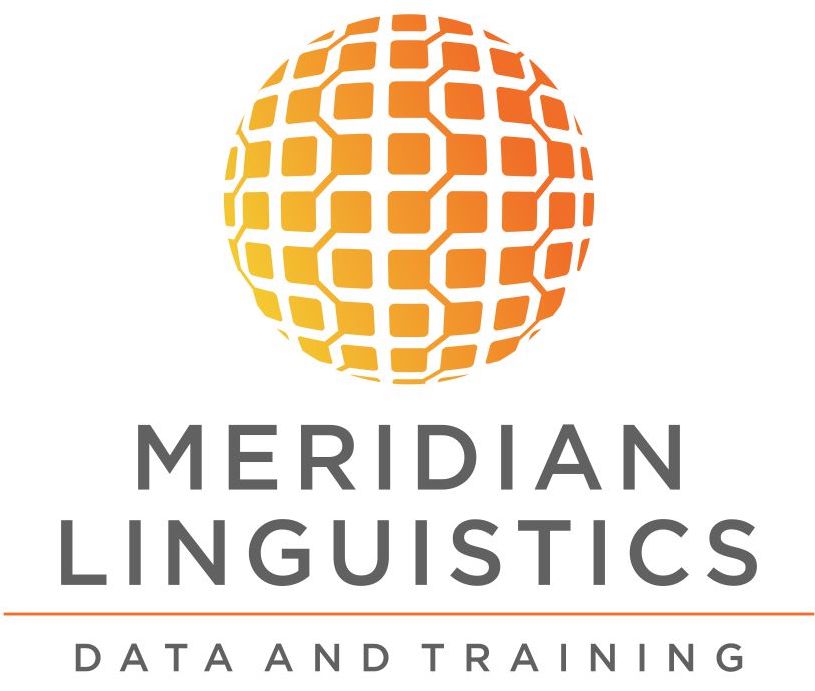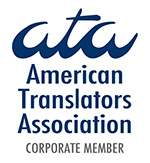.
How To Translate Your Website
In this article, I shall give you some guidelines for creating an affordable multilingual website, and how to translate its contents professionally in order to attract high value international clients.
To follow my guidelines, you should have some basic knowledge about website creation, but no advanced technical knowledge is needed. At no point will you need to manipulate code. If you still don’t feel comfortable, feel free to forward this blog to a professional website developer to help you out!
Before I go on, let’s briefly look at why you should translate your website.
Why translating websites is becoming more and more important
Since the onset of the twenty-first century, the world has experienced a technological revolution. Smartphones, ipads and tablets have enabled us to access the Internet practically anywhere and anytime.
This has led to a dramatic rise in what we now call e-commerce, or electronic trading, and e-commerce is thriving all over the world. According to a headline in the Spanish newspaper La Vanguardia, “growth in Electronic commerce is unstoppable,” with around 70% of Spaniards now using e-commerce when they make a purchase. Moreover, according to an article published by Statista, nearly 20% of sales in China were via the Internet in 2016.
These changes in technology and culture mean that your potential clients can be anywhere in the world. For this reason, growing companies are looking to foreign markets more and more. In the digital and inter-connected world of 2018, having a multilingual website that attracts visitors from other countries is a must.
Human translation isn’t cheap, so I know it is tempting to consider automatic translation, but this has many pitfalls as I will now explain, some less obvious than others.
The dangers of automatic translations
First, automatic translations will make your potential clients question your professional image. Automatic translations are meant to give you the gist of what a text is about, but they are not fluent or accurate enough to attract and retain high value clients.
There is nothing more important than your image when you´re going after new clients abroad. From a psychological point of view, your customers may, perhaps unwittingly, draw a correlation between the quality of your message and the quality of your product or service. In other words if a potential client reads a poorly written text, full of grammatical errors and stilted phrases, he or she will automatically consider what you are selling to also be of low value.
But there is another reason you should avoid automatic translations. They harm your google ranking or SEO. It may seem ironic, but Google actually penalizes website pages created with automatic translations, as this constitutes a violation of their guidelines. For more information, read here.
OK, lecture over. Let´s see what you should do before you translate anything.
1. Do your homework!
Before you decide to translate your website, investigate which languages are going to give you most mileage. This entails planning beforehand and doing some research into the market.
[NOTE FROM MERIDIAN LINGUISTICS:] Before deciding which languages to translate into, we especially recommend looking into payment practices in foreign countries: for example, if you only accept payments through Paypal, it may not be worth translating your website into Turkish, until you have added other payment methods, as Turkey does not accept Paypal. Many of our clients find that translating their websites into Indonesian brings a flood of new website traffic (after all Indonesians are very internet-friendly, are cheap to access by PPC advertising, and there are 77 million of them!) However, mobile payments and credit cards still have very low penetration in Indonesia, so depending on your business model, you may need to be prepared to handle bank wire transfers as payments in order to monetize this traffic.
Regardless of the industry, you can find out a great deal of useful information about trends and your potential clients by reading the specialized press, attending trade shows, chamber of commerce events and country reports about the demand for your product.
For example, here in Spain, Hosteltur provides market news for companies that provide tourist services, OEMV provides international reports for wine exporters and the local Chamber of Commerce and ICEX provide interesting news for exporters from all industries.
2. Buy a Professional Theme
I originally designed my page with the WordPress theme, Spacious. However, I soon discovered that the free version was not compatible with any of the plugins necessary to translate your website (more on this below).
For this reason, I strongly recommend you buy a professional theme if you want a multilingual site. Once you have one, you can customize your website much more as there are many more options to change font sizes and styles, and colors.
It´s really worth it. For around $70, you can give your site a far more professional touch.
Translation Plugins
To create a multilingual website, you then need to install a plugin (a component of code which gives your website more functions).
There are many plugins to choose from. WPML is the industry standard and a very good option if you think you might need support. Its costs from $29 a year for a license for a multilingual blog to $195 for a lifetime license. Meridian Linguistics has partnered with WPML as one of their preferred translation providers, so if you choose WPML, you can send your website copy directly to them and have your translations appear on your website without much fuss.
Polylang is also a good option, and is free. We’ll have a blog post on Polylang coming up soon.
These plugins let you send your website content directly to a translator or translation provider like Meridian Linguistics, so that your translations will automatically appear in the right place on your website. This way even if you don’t speak Chinese, for example, you can be sure that all translations have been placed correctly. The plugins also handle the buttons that allow website visitors to seamlessly switch between languages.
How much will a translation cost?
Now you probably want to know how much this will cost.
Estimates for translating websites depend on a number of factors, namely:
- The volume of words.
- The complexity of the text.
- The urgency.
- The language combination.
Let’s take a look at an example. Your company sells fashionable clothes and you have a website in English, but after your research you want it translated into German, French and Spanish.
The site contains around 5,000 words and with these language pairs, the translation is likely to cost between EUR 0.10 to 0.18 per word. That means the cost of translating your website will be around EUR 500 to 900 for each language pair translated. This is assuming the text is not very technical and the turn around time is not very demanding.
If you are running an e-commerce website, or any other website with a lot of repeating content, be sure to ask your translation provider about translation memory. With this technology, they will be able to offer you discounts on repetitive text.
We’ve only mentioned the cost of translating static content. But what about posts, blog articles? If you want to offer news about your company in more than one language these must be factored in too. This may mean budgeting a little every month for translations. Of course, you may decide that this sort of content is less important. You certainly do not need to translate all the content on your site and may decide to prioritize certain content over others in order to stick to your budget.
Don’t know how many words are in your website? No worries, send your URL along to Meridian Linguistics for a free quote. They have software that will automatically extract the words from your site and count them.
Recap: How to Save Money When Translating a Website
Make sure you translation provider uses Translation Memory for discounts on repetitions
Use a plugin like WPML so that you don’t need to pay a linguist to place and check translation on your site
Use a reputable translation provider whose quality you trust, so that you don’t need to pay for further quality assurance or checks
CONCLUSION
Having a website in various languages is a necessity nowadays, if you want to internationalize your business. As we have seen, there are various stages in the creation of a multilingual website. This must be planned carefully and set up only after you have thoroughly researched who you want to target. With patience and professionalism, and some basic knowledge about websites, you can do it yourself.
Good luck!
.












Leave A Comment